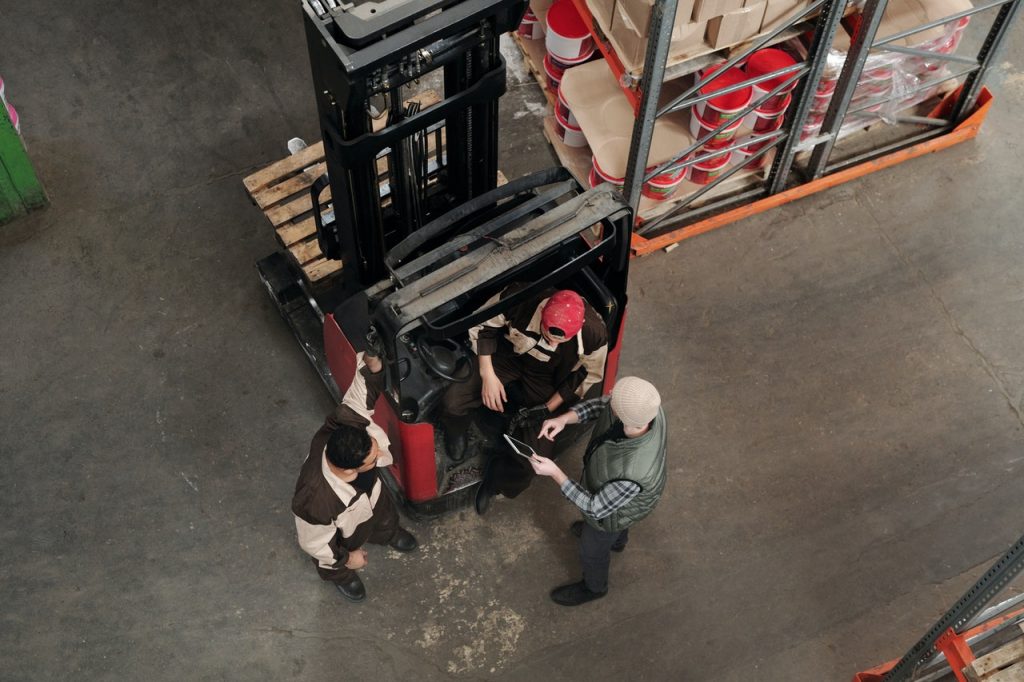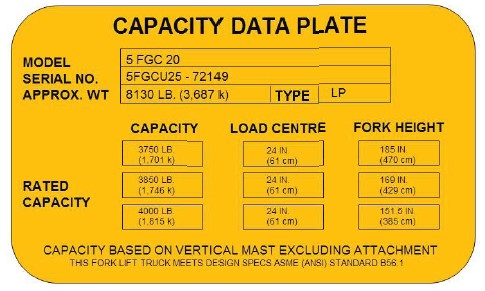Lift Trucks In The Warehouse
Lift Trucks In The Warehouse

Explain dangers
Many workers have been injured by lift trucks in situations like the following.
• A lift truck was unintentionally driven off a loading dock.
• A lift truck fell between the dock and an unsecured trailer.
• A worker was struck by a lift truck when it was backing up or when the worker could not be seen by the operator.
• A lift truck tipped over and crushed the operator or a nearby worker.
• The load on a lift truck fell off the forks because it was not loaded or secured properly.
• The operator did not keep their hands and feet inside the cab.
• The operator slipped and fell when getting in or out of the cab.
Many incidents also involve property damage including damage to overhead sprinklers, racking, pipes, walls, and machinery.
Most injuries and property damage are caused by
• Lack of safe operating procedures
• Lack of safety rule enforcement
• Insufficient or inadequate training.
Identify controls
• Always wear suitable clothing and safety shoes or boots when working in a warehouse.
• Always fasten your seatbelt when driving a lift truck.
• Always use 3-point contact when getting in and out of the cab.
• Take off any jewellery, and keep long hair tied back to prevent it from being caught in machinery or equipment.
• Watch out for other workers and vehicles, especially near doorways and at the ends of aisles. Don’t be afraid to use your horn.
It’s better to make too much noise than not enough.
• When backing up, always look in the direction that you are travelling. Watch for people, equipment, or anything else in your path of travel.
• Secure the load properly to prevent it from falling onto equipment or pedestrians.
• When you are stacking something on high shelves, make sure the lift truck can stack at the proper heights and can manoeuvre through aisles without becoming unstable.
• Review the manufacturer’s instructions and keep the manual with the equipment for quick reference.
• Learn the maximum rated capacity for the lift truck and never exceed it.
• Only operate equipment that you are authorized to use and only use the equipment for its intended purposes.
Demonstrate
Show your crew the capacity plate for the lift truck they will be using (or use the sample plate below). Ask the crew to show that they understand the load chart by answering these questions:
• What is the maximum fork height?
• How much weight can be lifted to that height?
Ask lift truck operators if they can remember the speed limits and warning signs at your facility.
Ask them to show that they understand all the warnings and precautions for the type of lift truck they will be allowed to use.

For more information, visit the IHSA website.
